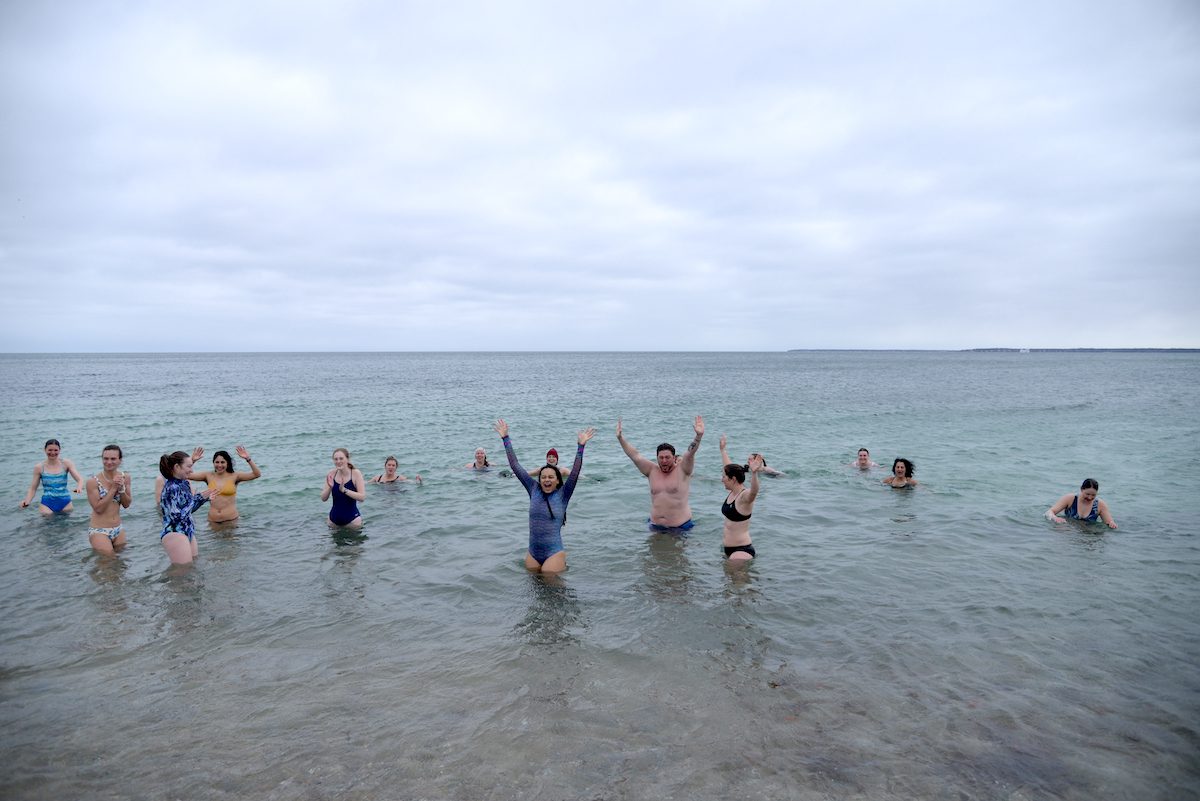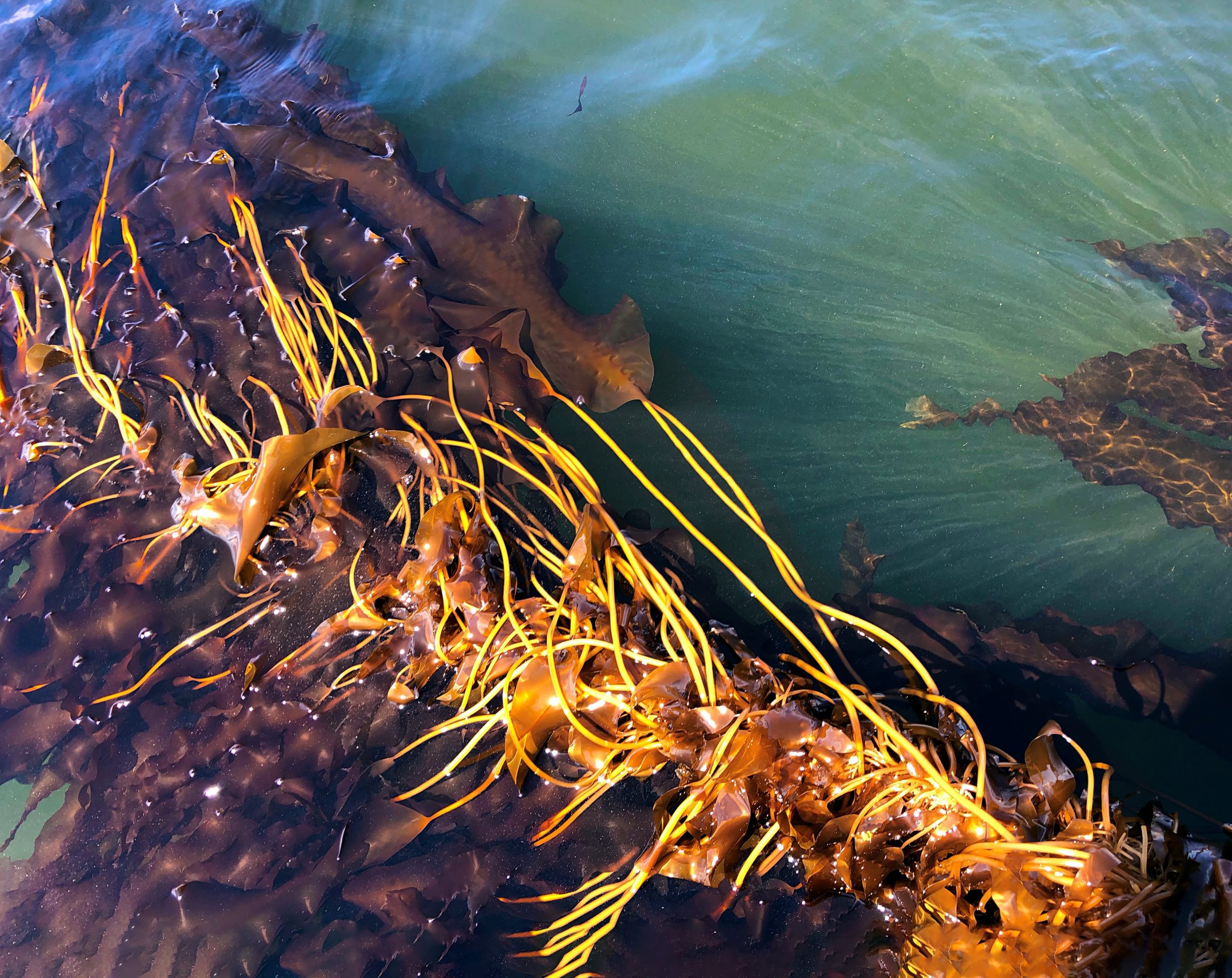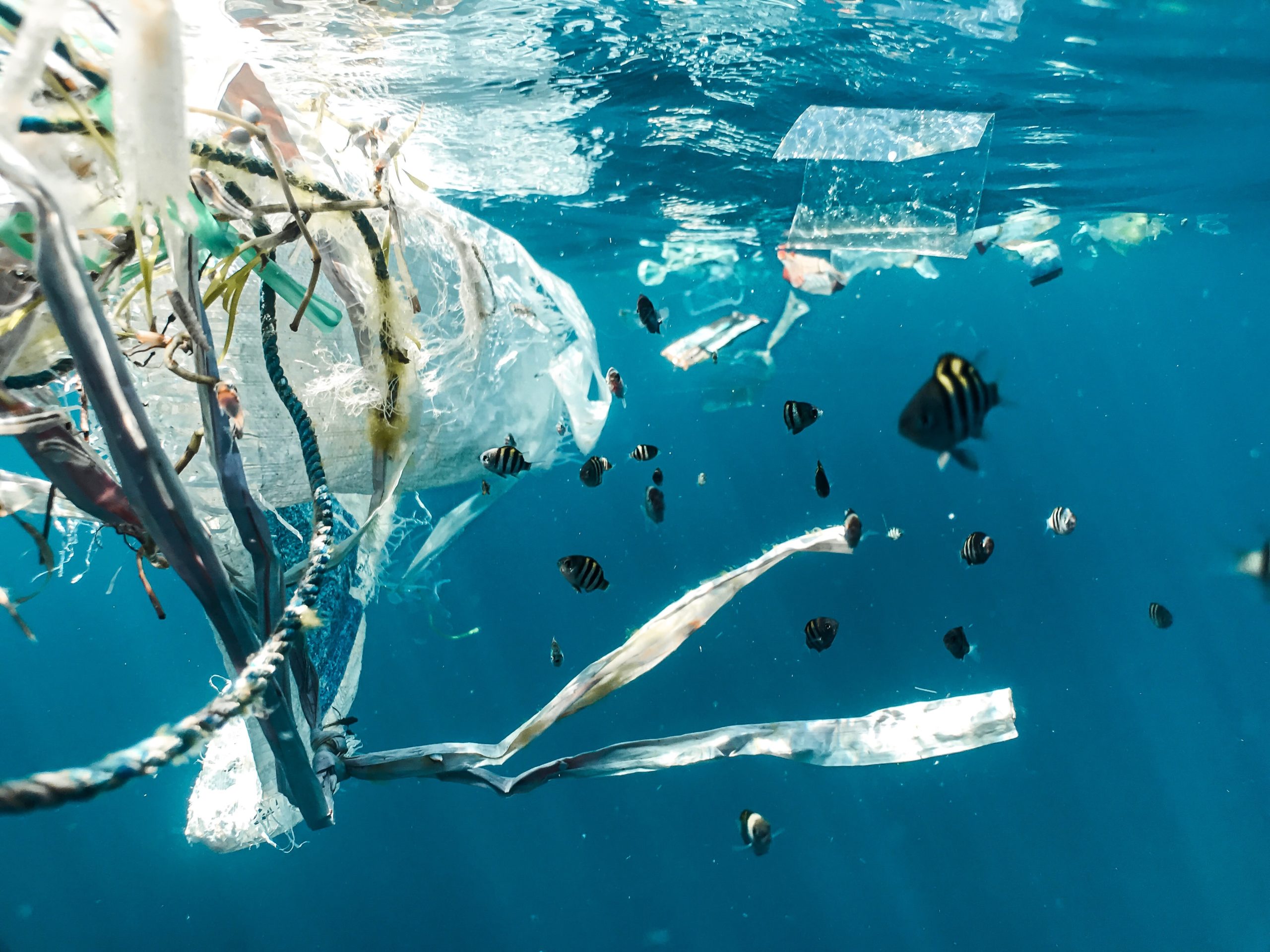Five ways to celebrate World Ocean Month
Published: June 7, 2023
Five ways to celebrate
World Ocean Day
By Elise Hugus | June 8, 2023
Happy World Ocean Day! Whether you live on the coast or far from the ocean, this day is a reminder that we’re all connected by water on this blue planet. So how exactly do you celebrate World Ocean Day? We’ve got a few ideas for you!
Take a swim (or a bath)
Here in the Northeast United States, the water is juuuust warm enough to go swimming without having to channel your inner Wim Hof. Whether you live near the ocean, a lake, or a river– or have a bathtub– getting immersed is a way to celebrate clean water and the interconnected web of life that depends on it. While you’re soaking, take a breath and thank the ocean: it’s the source of much of that oxygen.
Watch Spindle & her newborn
Video by Michael Moore and Carolyn Miller under NOAA NMFS Permit 21371 © Woods Hole Oceanographic Institution
We can’t help feeling joyful watching this video of a North Atlantic right whale calf nursing its mother, Spindle. WHOI researchers and their colleagues at New England Aquarium, Whale & Dolphin Conservation, and IFAW captured this rare footage during a survey in April, as several of these critically-endangered whales migrated through Cape Cod Bay. With only about 340 North Atlantic right whales in existence, every surviving newborn is a reason to celebrate.
Eat sustainable seafood
Shellfish and seaweed aquaculture are win-wins for the ocean: both improve water quality by taking up excess nitrogen and carbon dioxide, and provide structure that serve as nurseries for juvenile fish. For help finding local sustainable seafood options in your area, try the Monterey Bay Aquarium Seafood Watch consumer guide.
Join our Ocean: Impossible mission
WHOI is the world's largest non-profit ocean research organization, committed to research, engineering, and education. This World Ocean Day, we’re celebrating the ocean robots that make seemingly impossible research, possible! To help with our mission, we’re looking for people who care about ocean conservation and exploration to join our Ocean Impossible team and accelerate solutions for our planet’s greatest challenges. If you’re able to give by midnight on June 8, your gift will be tripled, thanks to our generous supporters. And celebration of your gift of $60 or more, we’ll send you a really cool T-shirt, designed by our Creative team and exclusive to WHOI members!
Just say no to single-use plastics
Plastics pose a triple threat to the ocean, marine life, and human health. Despite what we’ve learned about the persistence of plastics in the marine environment, the problem is only expected to grow as more and more single-use plastics are produced. You can stem the tide by committing to reusable water bottles, coffee mugs, and bags– and if you need any of those items, choose from our eco-collection at the WHOI Shop). Just say no to straws, plastic takeout containers and utensils, and balloons. It might seem like a small step, but if we all banish these products from our lives, we’ll be leaving a much cleaner ocean for the next generation!




